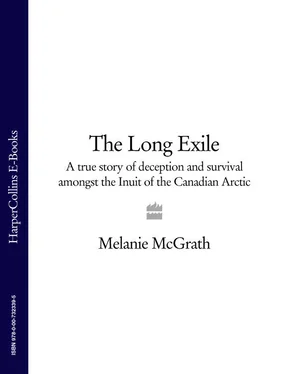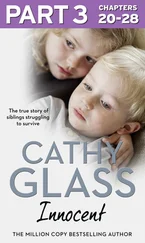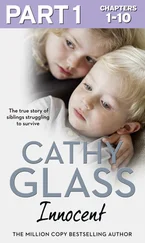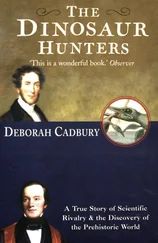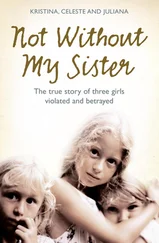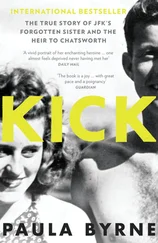The little boy would have spent his first few months of life in Maggie's amiut . There he would have lain warm and naked, the filling in a sandwich of animal fur and human skin. His earliest view of a landscape, one whose contours he would never forget, would have been the rise and fall of his mother's strong, sealskin-scented back. When he was hungry, his mother would have lifted him from the hood and put him to her breast. When he shat, she would have cleaned his naked skin with her hair. For months he would have slept, watching the Arctic world go by, and dreamed. By the time summer came he would probably have already been eating what would become the mainstay of his diet, seal meat, chewed and softened by Maggie. Already the breezes and the low contours of the land would have been familiar to him. He would have a strong sense of where he was.
Each June, the Nujarluktuk family moved out to their summer camp. The muskeg was spongy with meltwater and it was too difficult to travel far on the land during July and August. For the next few weeks, the family would confine themselves to forays along the coast, the men in kayaks and the women in larger umiaks made of sealskin and driftwood, visiting other camps, hunting, fishing, or simply trading. They would not have roamed as far as they had before, when Maggie was a child. It made more sense to stay close to the trading posts with their supplies. The family would also be living in a larger grouping than had been customary a generation before, a group headed by a ‘camp boss’, a fictional title conferred by the fur traders upon whichever man in a group spoke a little English and seemed pliable. Needless to say, these ‘bosses’ had no particular authority among the Inuit, who made decisions collectively, but they tolerated the invention of the ‘camp boss’ because it made little difference to everyday life in the camp, and seemed to please the trader.
Maggie's family occupied a strip of coast just north of Inukjuak. It was this broad sweep of low rock with its detail of lichen and crunchy willow which became the canvas on to which Josephie painted his childhood. He would have sat in Maggie's amiut while she wandered along the coast gathering the plants they call qungik and airaq , which make good tea; the grasses she would use as wicks in her qulliq , and the willow twigs she needed to weave into mats. As she went, she would have checked the willow bed for ptarmigan eggs and chicks and then inspected the willow branches for willow worm cocoons which she could dip into seal fat and put out for supper.
By early September Maggie would have been picking the tiny Arctic cranberries, cloudberries and lingonberries that ripen on the south-facing slopes and scouring the heath for newly shed caribou antlers, which she could peel and boil into a rich and bloody soup. Soon the winter would be down on them again and they would be building snowhouses and there would be nothing visible along the coast but mile after mile of ice and snow. The young Josephie Flaherty would have watched ptarmigan pluming from their nests in the willow, seen lemmings mustering and followed fox tracks and the remains of ancient caribou paths and thought about the seasons. This would have been his education. He would get no other. The first school did not arrive in Inukjuak until 1949, by which time Josephie was 28.
The fact that Josephie Flaherty survived into his second year was something of a miracle, since babies born in Inukjuak in the first half of the twentieth century had about the same chance of seeing their third birthdays as those, say, born in medieval Europe. Malnutrition and hypothermia were common, and there were the usual round of childhood perils, including those diseases visited on the Inuit by whalers and fur traders and, later, by the annual arrival of the supply ship and to which the Inuit had no immunity. The average life expectancy among the Inuit in Arctic Canada in 1923 was about 28 years and falling, considerably less than half that of southern Canadians.
Inuit bring up their offspring in a particular way. In the Inuit world, babies are born without ihuma , the part of the mind that has ideas, constructs order from impressions and experiences, solves problems and remembers their solutions. Ihuma develops with experience and the only way to get that is to live. So, like all Inuit children, Josephie would have been allowed to make his own mistakes, even when they were alarming and potentially dangerous ones, like putting his fingers in the qulliq , or teasing the sled dogs. He wouldn't have been scolded. Whenever he had temper tantrums or expressed childish frustration his family would simply have laughed them off until he had grown out of them. This he would have been encouraged and expected to do. Inuit value serenity and self-possession. To them explosions of rage or pique are childish characteristics.
Arctic explorers of the early twentieth century like Robert Peary and even Roald Amundsen often made note in their diaries and other writings of the impassivity or inscrutability of Inuit, little understanding that without great emotional self-restraint, life in Arctic conditions would, for human beings of any kind, be impossible. To be inscrutable, which is to say, restrained and self-contained, is a good thing in the Inuit world. More than that, it is a tool for survival. Almost by definition, the Arctic's white explorers failed to understand this. For the most part they were vainglorious, self-serving men. The Arctic was a very expensive place to explore. Funds would not have flowed to wallflowers. But they were not the kind of men who would readily have understood the Inuit.
In Robert Flaherty's day Inuit beleived that the only fixed part of a person's personality was their atiq , or soul. All the rest was ihuma , the gradual deposition of experience. Even now a bad-tempered or hysterical person is said to be nutaraqpaluktuq or childish, and his ihuma stunted, making him ebullient and oversensitive. A person with too much ihuma , on the other hand, is said to be narrow-minded, overdemanding and analytical. In the Arctic, each condition is a liability. The man with too much ihuma will allow his brooding to take him away from the real world, until he falls through the ice one day, or stumbles into a crevasse. A person with too little is bound, sooner or later, to go crazy. The ideal Inuit type, a man or woman with just enough ihuma , is cheerful, calm and patient in adversity, immune to irritation, sulking or to the hostility of others. He takes his life as it comes, recognises its limits and accept its various outcomes. The most important words in his vocabulary are immaga , perhaps, and ayunqnaq , it can't be helped.
Which is not to say the Inuit value dourness or solemnity. On the contrary, Inuit children are brought up to be happy, or, leastwise, to look it. When a person feels happy, or quiva , people are drawn to him. In this respect we are not so different. As much as life in the temperate zones, or in the tropics, leading a successful life in the Arctic is all about having people on your side.
Displays of rage, frustration or depression are so disapproved of among the Inuit that many grow up without any conscious sense of having these feelings. In every community, of course, there are misfits, men and women whose inner selves grind against their outward expression, men and women, in other words, who live a gentle, or not so gentle, lie. In the past, these more tortured souls might find outlets as shamans or anatoq , and their internal ruffles might become a sign of peculiar power. Unable to find their place in conventional life, they would be honoured and respected as exceptions. This had always been the way Inuit managed the unconventional, the eccentric and the mentally ill, and it remained so until missionaries stamped out shamanism in the late nineteenth century. By the time Josephie was born, the old ways had become shameful and the people who practised them were neither spoken about nor publicly acknowledged. This was no longer a world with any place in it for misfits.
Читать дальше
